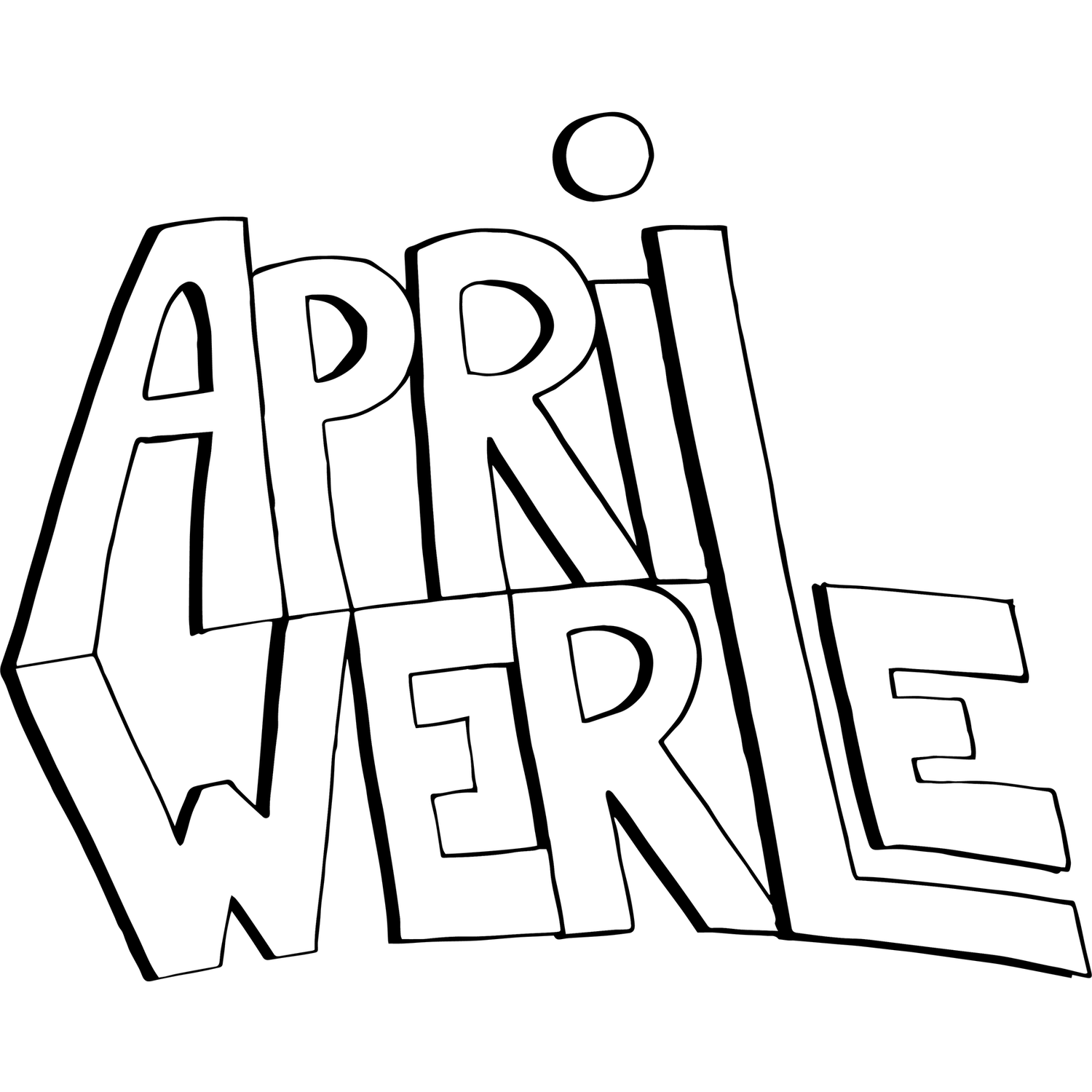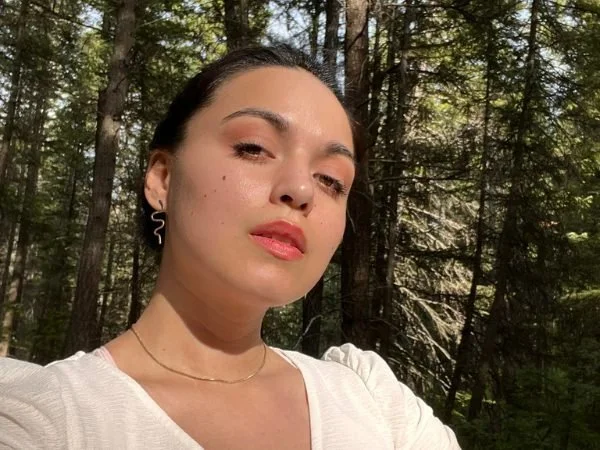Are You Filipino Enough If You Are Mixed?
What a person with mixed Filipino ancestry looks like
If you’ve been asking yourself this question, I hear you.
I grew up in a small Pinay community in Montana, and when I got older and moved away I began having this complex.
Would full Filipinos believe me if I said that I was Filipino? Better to just tell them my mom is Filipino?
Here are my thoughts on 4 common things you might be asking yourself…
1. Do I even look Filipino though?
This is the most common question I hear from mixed pin@ys.
There are over 7,100 islands in the Philippines and over 130 different ethnic groups. First are you comparing yourself to a specific ethnic group that you might not have heritage from?
Second, YOU are what a Filipino person looks like. You add to the diverse array of how Filipinos look.
And by the way, the more you recognize your Filipino features the easier it will be to tell when other mixed people are Filipino!
2. I don’t speak Tagalog. Does that make me a poser?
Absolutely not. There are over 180 different languages in the Philippines. Maybe your parent immigrated from an island that speaks a different language.
My ma is Cebuano and learned Tagalog after she immigrated to Montana. Does it make her less Filipino that she didn’t know Tagalog when she moved here?
If you don’t speak any Filipino languages, know that that is actually VERY normal within the Filipino diaspora. I’d also encourage you to investigate why your parent didn’t teach you their language(s).
Did it have to do with them wanting you to have the best chance possible at succeeding in their new country? I know it is frustrating to feel like you could be fluent in your family’s tongue if they had just taught you growing up, but know that it is never too late to learn.
If you have the resources to, I HIGHLY recommend Italki. I’ve been taking lessons in Cebuano for the last couple of years and have built a really sweet relationship with my tutor. I’ve learned a lot of nuances about the language and culture from having a relationship with a real person while learning.
Here is a referral link that will get you $10 for your first lesson (you can find Filipino tutors on average $4 - $10 per hour): https://www.italki.com/affshare?ref=af8387003
3. What if I didn’t grow up in a Filipino community?
Hey, I grew up in a small community with about 9 Filipino mothers at the time. That was Helena, Montana in the 90’s. If there are Filipinos there, there are Filipinos everywhere there is a hospital. No joke.
Sometimes I feel like Filipinos in the Bay Area or LA are more Filipino than me because they grew up in these giant Filipino communities. But I stop trying to compare myself when I remember that there is a long history of why my mother and other Pinays immigrated to Montana. We are a part of the result of Philippine political history.
Even if you didn’t grow up with a community at all, you prove that there is kapwa everywhere.
4. What if I am only 1/4 Filipino?
I don’t think many Americans realize how much a quarter is in the overall make up of how much Americans are of anything.
When you live in a melting pot your DNA is made up of a lot of different ethnicities. I did a DNA test and from my Filipino mother I have 4 different ethnicities. From my dad who is a third generation American, I have 5 different ethnicities. That adds up to 9 different ethnicities that make up my genetics! If they were all split up evenly that would be 11% for each.
But guess which one is at the top of that? At 46% is Southern Philippines, and the next is category is 15% less – 31% Germanic Europe…which demystifies the entire 1/2 or 1/4 Filipino.
The way that we look at percentages, or blood quantum, needs to change. Instead of thinking about your percentage, you should think about your family tree. Your grandparent is Filipino, and you belong to your family. Percentage is irrelevant.
“I belong to my family.” | 36 x 36 in | Acrylic and stain on wood panel


